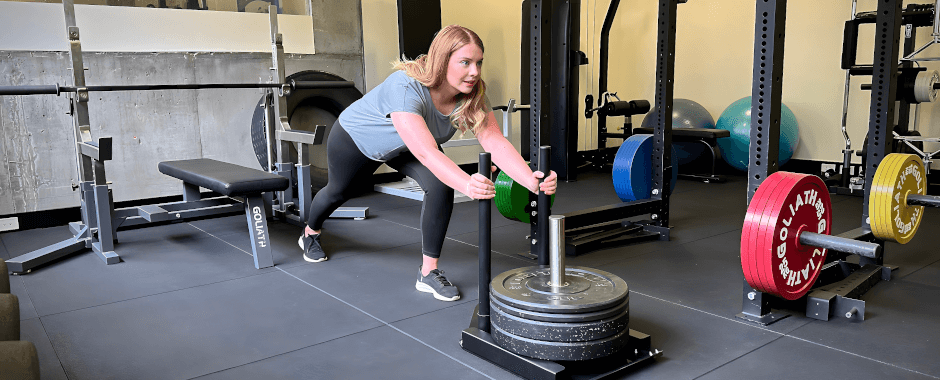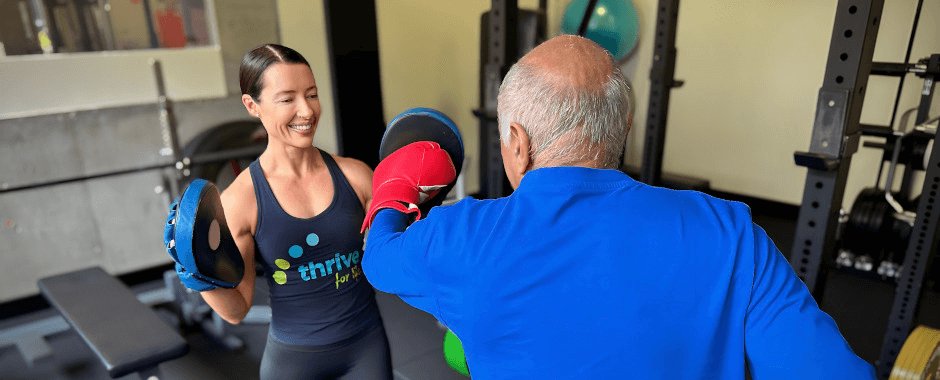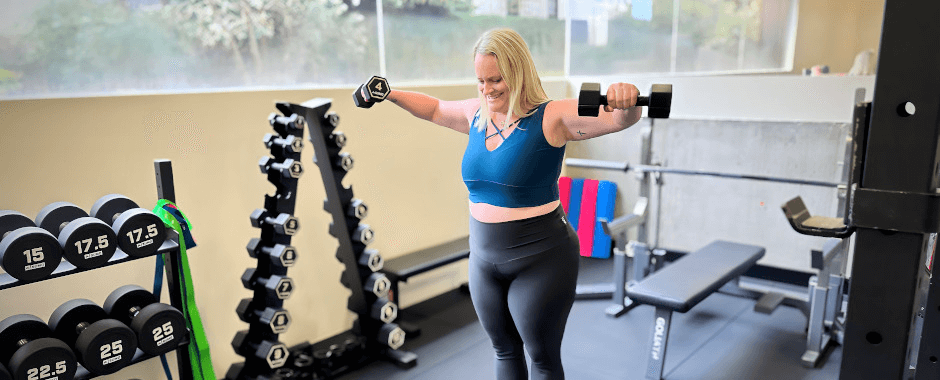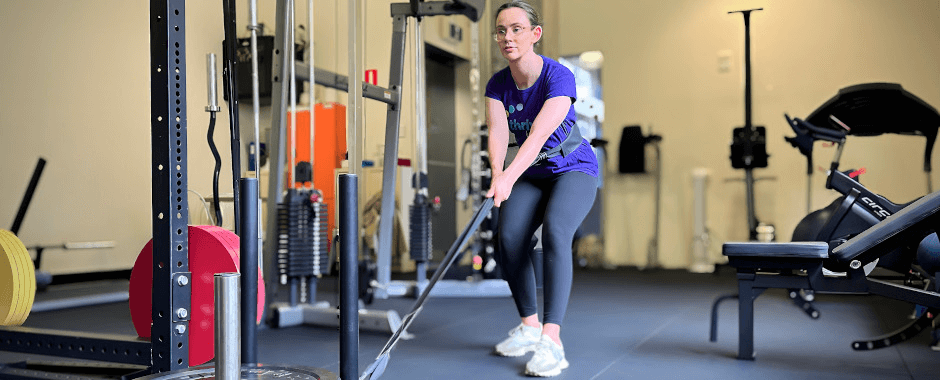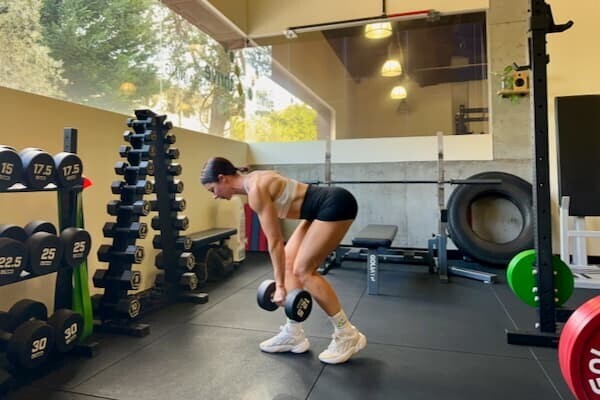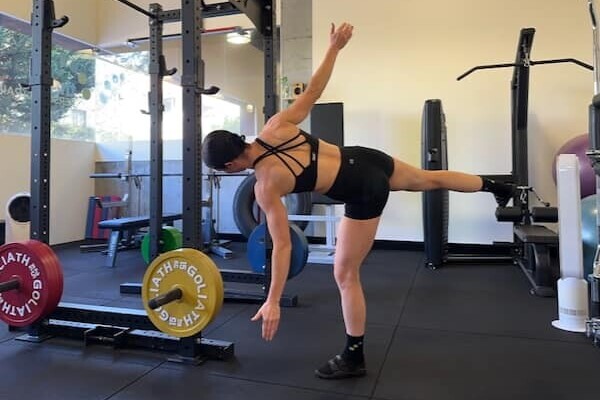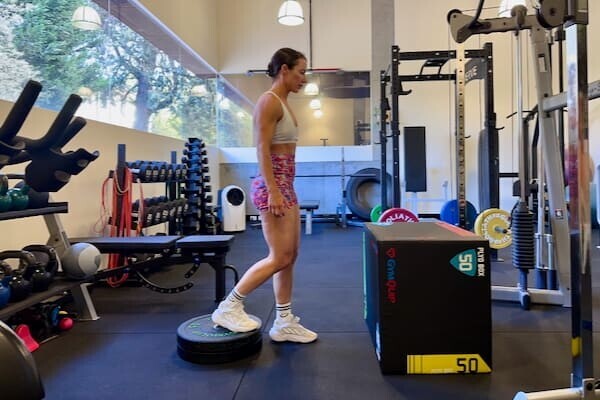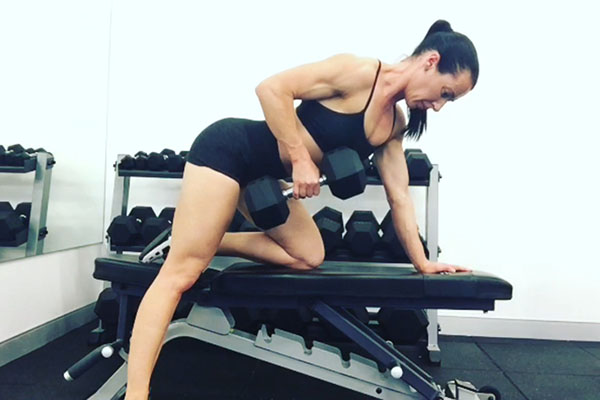Exercises
Programs
Testimonials
The Thrive community is the best. If you want good vibes and positive motivation, this is the place. Completely changed my relationship with exercise from a punitive pursuit to a positive one. I was actually excited to get to a 630am session (late as usual, but that's genetic, not motivation related).
Megan knows her stuff and puts a lot of time into preparing a strategy for you. She actually listened to what I wanted and how I wanted to go about it.
She has excellent emotional intelligence and adapts her style to where you may be emotionally on a particular day. This was really important as it kept me coming back.
She also has great exercises if your body is not quite up to it on a particular day.
It's very affordable.
Individual sessions are good, but the small groups are the best! It's full of diverse, interesting, down to earth people. I always left feeling motivated for the day. And my god, these people can lift. Nothing is more humbling than a mid 30s mother of two who's squatting double what I am!
It is, by far, the cleanest gym I've ever been in. Everything is in place! There's loads of pride in the way it's setup.
(more) — Diren Gokal

